 Aluminum Siding: Siding made from planks of aluminum with a baked on enamel finish.
Aluminum Siding: Siding made from planks of aluminum with a baked on enamel finish.
Backerboard: Any flat material fastened to the side of a house between the studs and siding to provide a surface to attach siding to.
Battens: Strips of wood placed over joints in wood siding to seal the joints.
Beveled: Clapboards that are tapered rather than cut rectangular.
Buttlock: The bottom edge of a piece of vinyl siding which locks into the previously installed panel.
Caulking: Material used to seal joints at intersections of different materials. Used with different types of siding to join the siding to pre-existing materials.
Channel: The area where siding and soffit panels are attached to the trim or corner post. Also refers to the trim itself, which is named for the letters of the alphabet they resemble (J-channel, F-channel, etc).
Checking: A split or crack that appears along the grain of wood siding.
Clapboard: Horizontal, overlapping wood planks.
Composition Board: Siding that is composed of weather resistant, compressed wood material.
Course: A row of siding.
Cupping: When a warp develops in wood plank siding.
Double Course: When an underlayer of shingles or shakes is covered by a new application of siding.
Face: The siding that is visible once it is installed.
Fascia: The exterior board that runs along the edge of a roof. The fascia creates a finished look by covering up the ends of the roof rafters.
Flashing: A layer of sheet metal used under siding on windows and doors to prevent water from penetrating the home.
Gable: The triangular end of a house that stretches between the eaves and the ridgeline of the roof.
Gable Vent: A vent placed in the gable of a home that increases air flow to the attic, thereby reducing heat and moisture buildup.
Lap: The overlapping of two siding panels to allow for expansion or contraction of the siding material.
Nailing Hem: The section of siding where the nail slots are located.
Overhang: The portion of the roof that extends beyond the walls of a home. The soffit or eave is the underside of an overhang.
Panel Protection: The amount that a panel of vinyl siding sticks out from the wall. You should choose the largest profile available for any siding in order to prevent weather damage to the wall of the house.
Plywood Siding: Plywood siding that comes in grooved or decorative patterns.
Scoring: The process of running a sharp object, such as a utility knife, across a siding panel without cutting all the way through. The panel can then easily be broken off cleanly along the line of scoring.
Single Course: Wood shingles or shakes applied so each course is exposed to the elements.
Soffit: The underside space between the end of the roof and the side of a home, often vented to provide circulation to the attic.
Square: A measurement that equals 100 square feet of siding.
Stucco: A cement, sand and water finish to a home that is water resistant. Available in a variety of finishes and styles.
Tongue and Groove: A way of connecting materials, such as wood, in which the tongue of a board is placed into the groove of the board following it.
Vinyl Siding: Plastic siding that comes in a variety of colors and styles and is virtually maintenance free.
Wall Sheathing: Sheets of plywood or wood planking used to cover the wall framework of the house.
Weep Holes: Openings cut into a siding material to provide for water runoff.
Wood Plank Siding: Rectangular wood planks that can be installed either horizontally or vertically.
Wood shakes: Rough, thick, uneven shingles, either hand split or sawn, that can be used as a siding material.
Wood shingles: Shingles made of wood that are sawn and of uniform thickness.
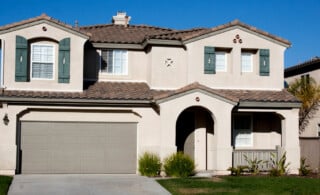 EIFS vs. Stucco: What Are the Differences?
EIFS vs. Stucco: What Are the Differences? 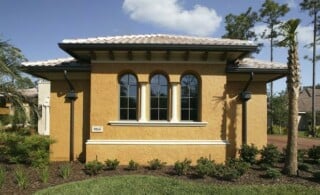 Stucco Siding – Installation Considerations & Advantages
Stucco Siding – Installation Considerations & Advantages 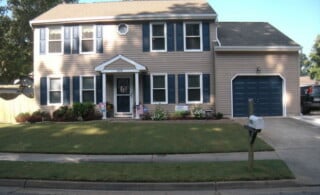 How to Maintain Different Types of Siding
How to Maintain Different Types of Siding 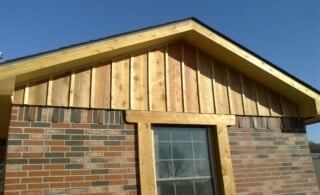 The Benefits of Cedar Siding
The Benefits of Cedar Siding 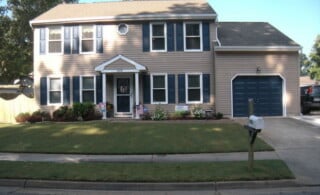 Vinyl Siding: Pros & Cons
Vinyl Siding: Pros & Cons 

Are You Familiar With This Topic? Share Your Experience.